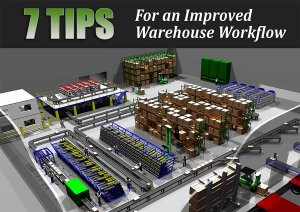Pallet rack, like the majority of material handling equipment, is available from several quality manufacturers in the...
Warehouse Equipment Tutorials
Warehouse Equipment Tutorials and Video Guides – Used material handling equipment, products and solutions. What is pallet racking, cantilever racking, roller conveyor, carousels.
So it’s your first auction and the place is full of people and excitement. The auctioneer is...
Fact: There are more pallet rack options available to you now than at any time in history....
So you’ve finally gathered the 3 competitive rack quotes that your boss requested a week ago. Now...
From managing logistics and layout to ensuring optimal safety and efficiency, warehouse workflow is more than just...
The material handling industry, as discussed in this article, represents a whopping 50-billion dollar/year business in the...



